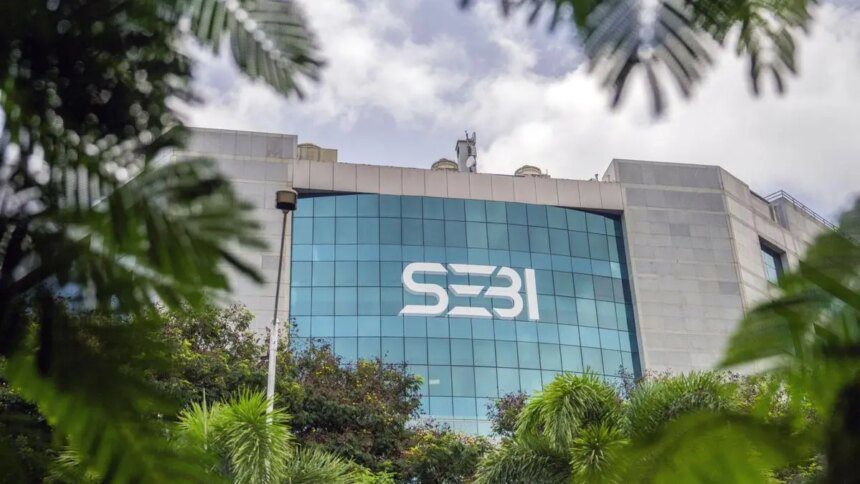The Securities and Exchange Board of India (SEBI) has restructured and standardised the penalty framework for stock exchanges concerning brokers, aiming for uniformity in penalty imposition and to mitigate instances where multiple exchanges impose fines for identical violations.
Historically, penalties for similar infractions varied between exchanges, leading to scenarios where brokers affiliated with several exchanges faced duplicated penalties for the same issue. To tackle this inconsistency, SEBI established a working group comprised of representatives from stock exchanges and broker associations. The new guidelines, released on Friday, will reduce the number of penalties imposed on brokers by exchanges from 235 to 90.
In the initial phase, SEBI reviewed a total of 235 existing penalty items. As a result, 40 penalties have been eliminated, and 105 minor procedural lapses will now be classified as ‘financial disincentives.’ Thus, 90 penalties will remain, among which 36 have been rationalised, seven replaced with advisories for first-time offences, six will now have caps, and 12 new penalties have been introduced.
SEBI aims to lessen the reputational burden associated with penalties for procedural infractions. The regulator noted, “The term ‘penalty’ is generally associated with stigma. Using the term ‘penalty’ for procedural lapses/technical errors creates unintended perception/reputational risk for entities.”
The revised framework seeks to “remove inconsistencies in the nature and quantum of penalties across exchanges” and prevent multiple exchanges from imposing penalties by designating a lead exchange responsible for common violations. The rules also propose replacing certain monetary fines with advisory or warning notes for first-time offenders. Furthermore, the revised framework will apply to ongoing enforcement proceedings, providing significant relief to the stock broking sector.
Additionally, SEBI announced the second phase of its Samuhik Prativedan Manch—a common reporting system that enables brokers to submit a single report to one exchange instead of multiple filings. This second phase, set to commence on October 15, will incorporate 30 more compliance reports.
Published on October 10, 2025.










